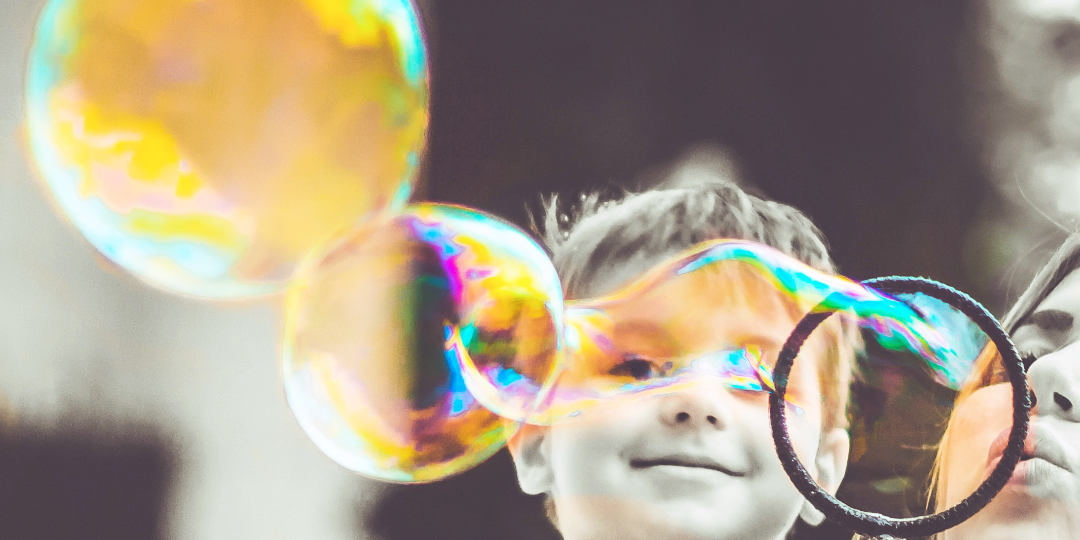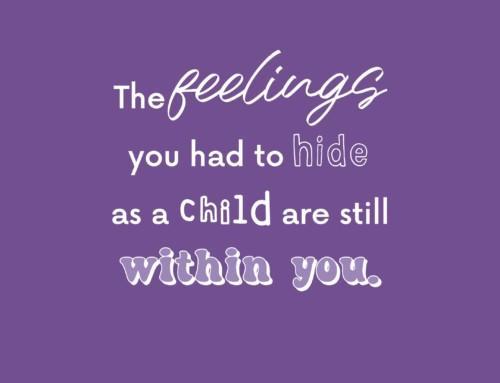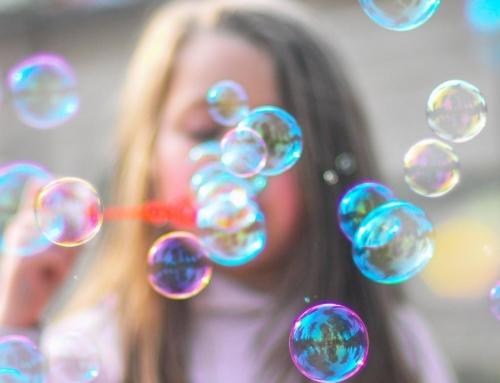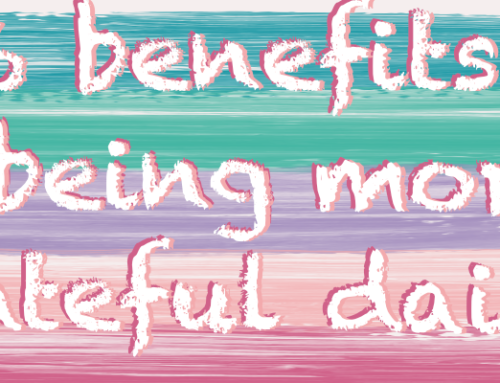I’m a bit allergic to the word “negative feelings”. Negative means unfavourable or bad – and if something is an inevitable part of natural life, as far as I see, it cannot be unfavourable or bad.
So, why are difficult and complicated emotions called negative? Perhaps, because they are unpleasant. They hurt – and humans naturally avoid pain, both mental and physical. And perhaps also because, collectively, we still have a hard time accepting and receiving one another’s awkward feelings – because it hurts too much or we don’t know how to deal with them.
As you can see, I prefer to talk about awkward, difficult and unpleasant feelings. It is important to express that the feeling is not wrong or bad, even if it feels hard to deal with. All emotions are part of life, even the difficult ones.
Often, our environment does not encourage the display of emotions, and as a result we begin to avoid, hide and evade our emotions. However, feelings do not disappear, even if they are swept under the carpet – or buried inside us. The longer you ignore the emotions, the stronger they begin to grow inside. Eventually, the bubble will burst and your cup will spill over. On the other hand, all the while you were pushing down your emotions, they were causing internal damage: if, for example, anger is not let out, it starts to turn towards one’s self.
However, showing emotions does not mean that we walk around the city pouring the weight of our inner selves on others’ necks. Rather, it means recognizing one’s feelings, noticing how you can feel them as bodily sensations, naming the feelings and, lastly, being grateful for the feeling. None of your feelings come with the intention of bullying you, they are merely message bearers. They aid you in understanding your inner world and help you to see the connection between your inner world and the world around you.
It’s valuable that as a caregiver you practice dealing with and learning from your feelings, so that your child can learn to deal with their own feelings, and they too learn how to live with them – even the difficult ones. You don’t learn about emotions by reading, but by feeling the emotions in your body. I developed Thankful Me Gratitude Cards for Kids which have exercises or developing emotional skills that one can do together with the child. Here are a few examples:
Have you ever felt insecure? In what kinds of situations? The feeling insecurity wants to be heard. Put your hand on your heart, and say “thank you, I heard you” to the feeling of uncertainty.
Have you ever been a little or really angry? In what situation? Anger doesn’t feel nice, and sometimes it makes you do and say nasty things. But anger is not a wrong feeling, it wants to be heard. Put your hand on your heart, and say to the feeling: “Thank you, I heard you”.
Gratitude can be practiced not only in relation to feelings but also in relation to life: In life, pleasant and unpleasant things happen all the time, scary and exciting things, sometimes it’s sunny, and sometimes it’s raining. Gratitude is a skill that allows you to direct your attention to what is good and what does you good.







